Latest Posts
Memory card cannot be inserted in mobile phones for safety reasons? Don’t be fooled, here is the truth
In the era of feature phones, memory cards (also known as micro SD, TF cards) are standard for every mobile phone. It can be used in save movies with music, switching phones. It is very useful for mobile phones.
But did you notice that in the past two years, there are fewer and fewer mobile phones that support inserting memory cards, and you can’t find one on flagship devices worth 2K and 3K or above.
You can only find the following two-in-one card slot in some thousand $ level machines or hundred $ level machines
If you choose dual card dual standby, then you will have no memory card. If you choose memory card, you can only insert one mobile phone card (Sim card).
Then the question arises, it only cost a few bucks to expand 32G or 64G capacity for mobile phones, and will greatly improve our experience, but why fewer mobile phones support SD cards now?
In fact, there are many reasons behind it, and we divide them into 4 categories, let’s see them one by one.
For design
Let me talk about the reason why the most popular phone in the world, iPhone, does not support memory cards.
In fact, since Jobs released the first-generation iPhone and until now, iPhone never support memory card at all.
This is mainly because Jobs admires the beauty of simplicity when he made products during his lifetime.
Take a look at iPhone4 and MacBook Air, which were designed when Jobs was alive, the integration of these products is very strong, and you can hardly find any redundant and complicated design and elements.
It gives people a pure and simple aesthetic, if you want to expand memory by open a cut on the product, then you will destroy the aesthetic, it is something that perfectionists cannot tolerate.
Of course, some friends may say: The two-in-one card slot can perfectly integrate the Sim card and the memory card, and it only need one slot.
Yes, many Android devices at hundred-yuan and thousand-yuan level indeed use two-in-one card slots.
However, there is no way to do so on high-end flagship machines, and memory cards must be sacrificed for design.
Although the memory card is so small, only about the size of your finger.
In fact, it is much larger than the NAND (flash memory chip) soldered on the motherboard in the mobile phone.
If you want to support memory card, you must make room for a memory card slot.
Nowadays, mobile phone manufacturers are piling up hardware, and people are pursuing for thinness and lightness. The internal space of the mobile phone itself is extremely short and tight, so it can be described as small and expensive.
Better design to increase the selling point and sales volume of mobile phones, or use memory cards to increase user convenience of, which one do you think the manufacturer will choose?
For profit
In fact, design is not the real reason, the true reason that many mobile phones not supporting memory cards is because of “money”.
Take iPhone 11 as an example, the current 64G version is priced at 789$, while the 128G version is priced at 857$ .
The memory gap between the two is 64G, while the price difference reaches 72$, which is equivalent to 1.1$ per G.
The price difference between the different memory versions of the iPhone 11 Pro is even more than 2K.
Therefore, many digital fans jokingly call Apple “the world’s most expensive flash dealer”.
So how much does a common 64G memory card cost? The answer is: 7.2$.
The 71.9$ gap between the iPhone 11 is enough to buy 10 64G memory cards, but a 256G memory card is only 28.9$.
Simply canceling a memory card interface can force users to spend more money on large-memory phones and earn hundreds or even thousands more profit.
Will you do this if you were the manufacturer?
Since Apple has started this bad habit, many domestic manufacturers found that the same model can have different price for 64G, 128G, and 256G capacity.
It turns out that just adjusting the memory size can increase the price of mobile phones, and the money is so easy to make.
As a result, everyone began to cancel memory cards, using memory and storage size as a means to increase the price and profit of mobile phones.
For safety
Speaking of the origin of when smartphones support memory cards, it can date back to the early days of Android, when HTC first became popular.
At that time, in order to compete with Apple, Google increased the price-performance ratio of Android phones (Apple is definitely better at that time), so Google started to support memory cards in Android 2.2.
A software called “APP 2 SD” was born at that time, because it can move the mobile App to the memory card with one click, and it is very popular.
Some friends from 80s and 90s should know.
But because it support memory cards, Android phones have caused many problems and security risks.
For example, the memory card is inserted directly into the phone. If the card slot is not tight enough, or the contacts are rusted with poor connection, the phone will lose memory from time to time, and the photos and videos will disappear. What’s worse, the memory card and phone might burn directly.
In addition, due to the production technology and material of memory cards, the writing life of memory card are generally short, especially some cheap junk memory cards and expansion cards.
Despite the slow speed and fake capacity, it might be destroyed in a few months. The apps and data in it will disappear, causing the mobile phone system to crash.
This is only part of the side effect. Compared with flash memory of mobile phones, memory cards require more power to run, reducing the battery life of mobile phones.
And after using the memory card, the file management of the mobile phone become very chaos, you can’t figure out where did you installed your app.
So, in Android 4.0, Google restricted the memory card, prohibiting the installation of any apps to the memory card, all app data is forced to be stored locally on the phone.
This can ensure the absolute control of the file by the system, solve many hidden dangers, and improve system stability.
It has continued until now, so many people will suddenly find that the app’s moving function does not work anymore, and apps can’t be installed on memory card.
For speed
When talking about the smoothest mobile phone, who do you think is the best? Huawei? OnePlus?
Needless to say, most people will say iPhone.
Thanks to the optimization of iOS, the powerful A series processor + ultra-fast nvme protocol flash memory, iPhone is very smooth.
Apple’s flash memory reading and writing speed has always been better than any other mobile phones, but this year’s UFS3.1 may help Android come back on top.
So, the faster the flash memory read and write, the higher the fluency of the phone.
Although memory cards are cheap and affordable, the speed is pitifully slowwe compared to flash memory.
For example, the current top Samsung Pro Plus series memory cards use the highest level of UHS3, but it only reads at 100MB/s and write at 90MB/s.
Let’s take a look at the mobile phone flash memory series.
Take UFS2.0 two years ago as an example. It reads at 350M/s and writes at 150M/s, which is 3 times faster than the top-level memory card.
Not to mention the UFS3.0 standard on the flagship machine, and the UFS3.1 coming soon this year, it is way better than memory card.
Nowadays, various manufacturers are chasing for smoother experience, and use 90Hz and 120Hz screens without hesitation.
The slow reading and writing of the memory card will drag down the system and reduce the speed of the mobile phone.
Think about how uncomfortable it is if it needs half a day to open an album.
Many people will scolded online by then: I spent 5 or 7 hundred to buy a flagship machine, but it cannot even open an album? !
Obviously, his own memory card dragged down speed, but he blamed it on the mobile phone.
Therefore, based on the above four reasons, the cancellation of memory cards in mobile phones is a general trend, and even entry-level machines may not support memory card anymore.
With the advent of 5G and cloud services, various cloud apps and cloud games have emerged.
In the future, it is likely that one day, the mobile phone will have no memory, all apps were processed by the cloud. All data such as apps and albums will be stored on the Internet








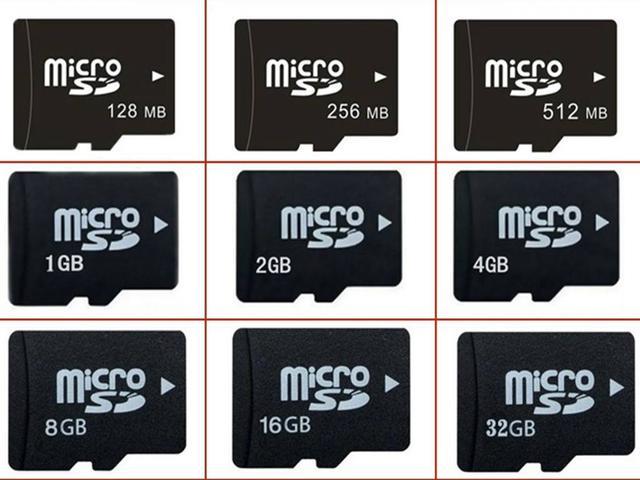
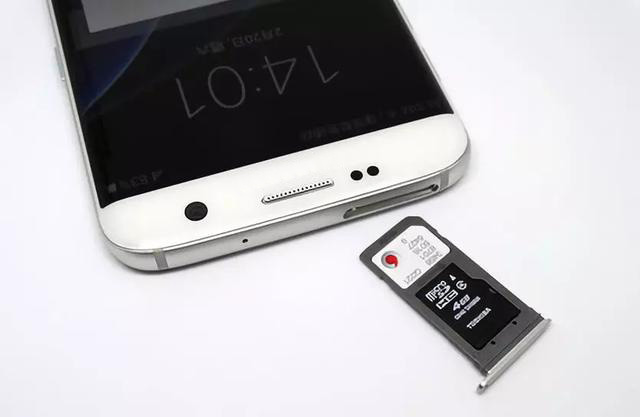
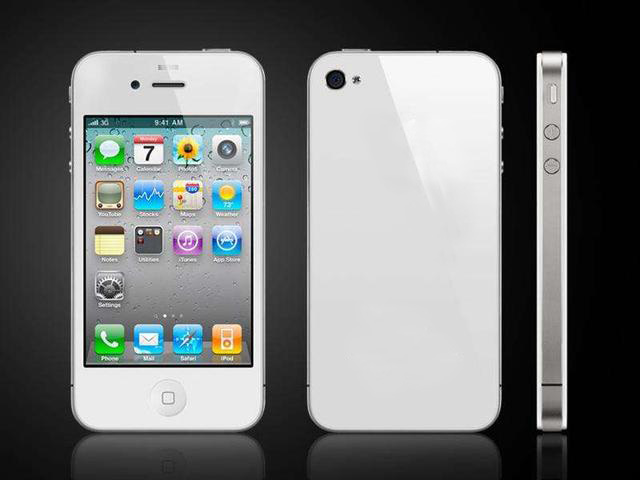
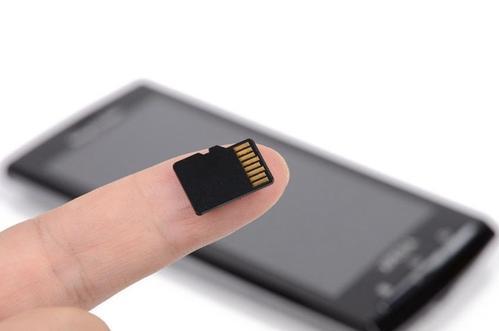

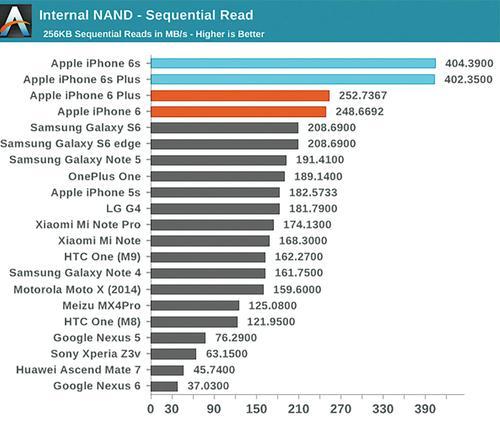
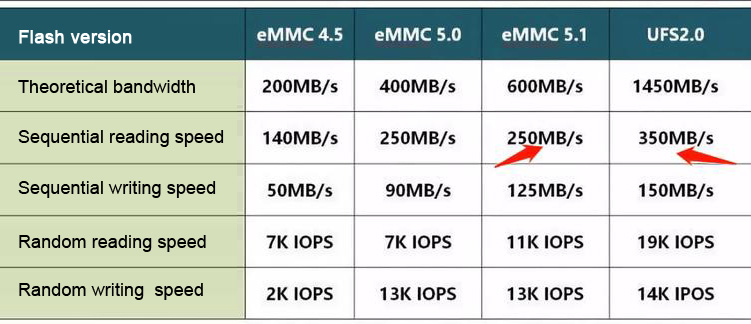




Leave a comment